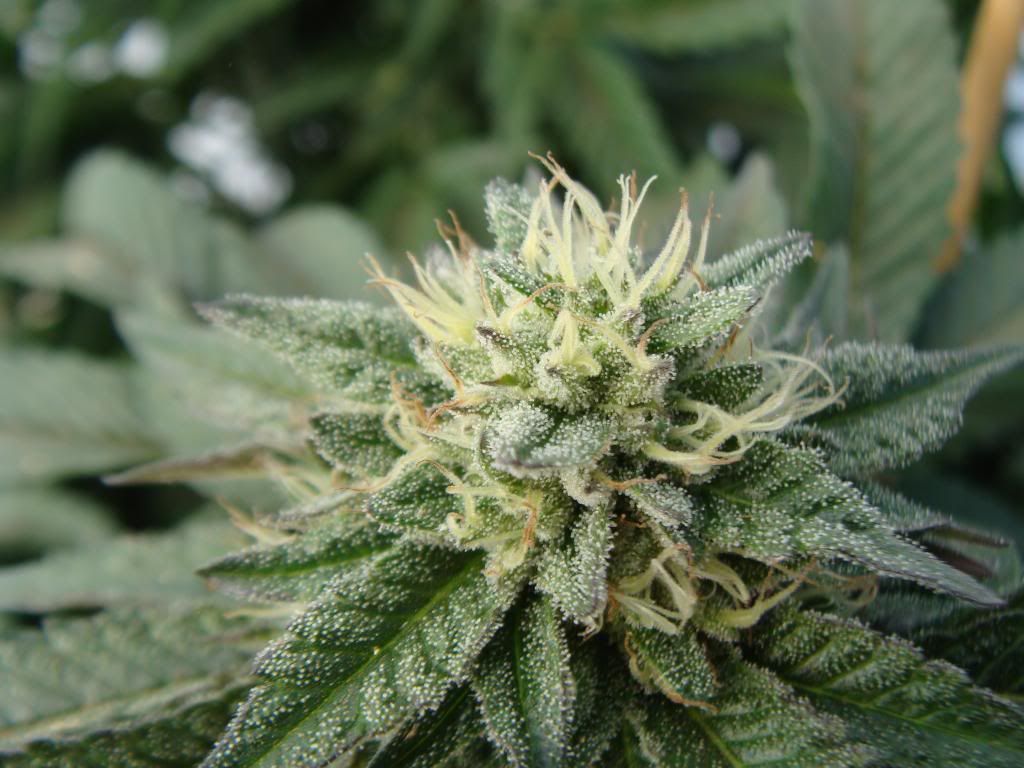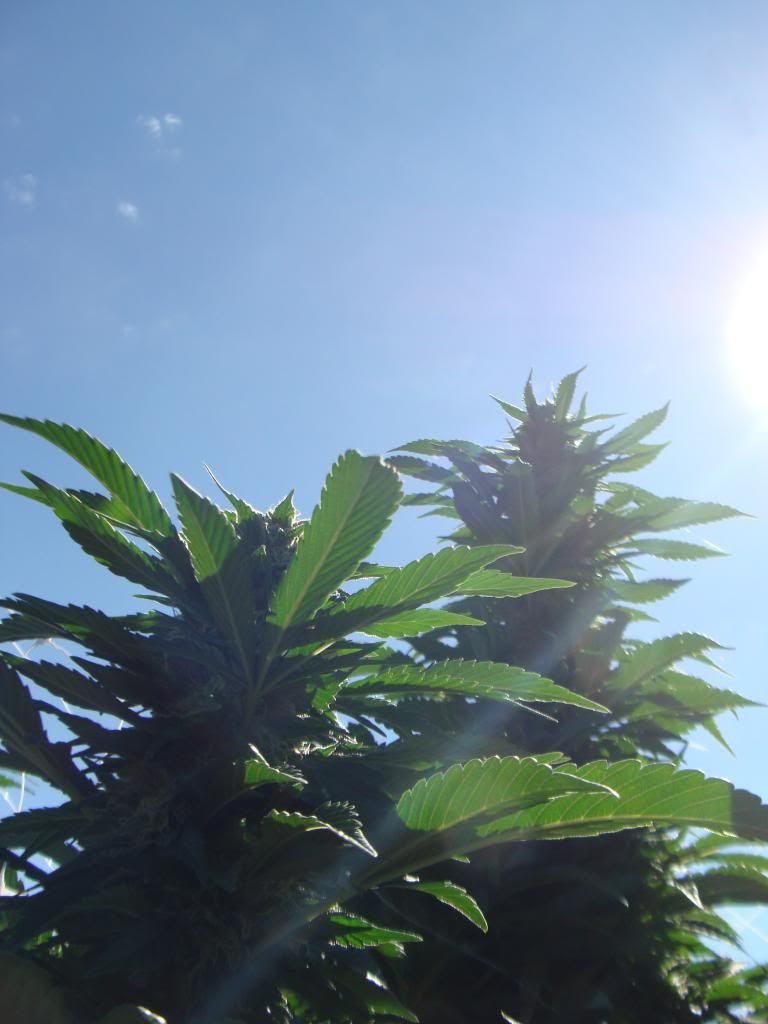Soft Rock is more than P...yes it is 20% total P but only 3% soluble...you need fungus to break down the rest. But it does not complex with Ca, or the million other cations it can complex with, Fe, Al, etc, etc.
It is also 20% Ca, some Si and micros.
It can be used as a foliar or drench...although more effective if you get the micronized version.
I use it instead of bone meal...you miss a little animal protein but those are not hard to replace. But you get things bone meal will never bring.
Mind you others feel differently...so you gotta take what I say for what it is worth to you.
All P is questionable in cold soil or if your pH is above 6.5. In those cases...and now I am gonna piss people off...I use ammonium phosphate. Not organic, but a super effective starter fert.
Then again...that organic cert is nothing but something govt and corporations negotiate...and I don't give one fuck about either of those organizations...I see them both as the problem, not the solution.
So if I am starting in May...a little AP bump. If I start in June...nothing but soft rock. The trick is to use enough for the P bump but not so much to kill any microbes. But it do get you up and running in a hurry.
It is also 20% Ca, some Si and micros.
It can be used as a foliar or drench...although more effective if you get the micronized version.
I use it instead of bone meal...you miss a little animal protein but those are not hard to replace. But you get things bone meal will never bring.
Mind you others feel differently...so you gotta take what I say for what it is worth to you.
All P is questionable in cold soil or if your pH is above 6.5. In those cases...and now I am gonna piss people off...I use ammonium phosphate. Not organic, but a super effective starter fert.
Then again...that organic cert is nothing but something govt and corporations negotiate...and I don't give one fuck about either of those organizations...I see them both as the problem, not the solution.
So if I am starting in May...a little AP bump. If I start in June...nothing but soft rock. The trick is to use enough for the P bump but not so much to kill any microbes. But it do get you up and running in a hurry.



 g
g


